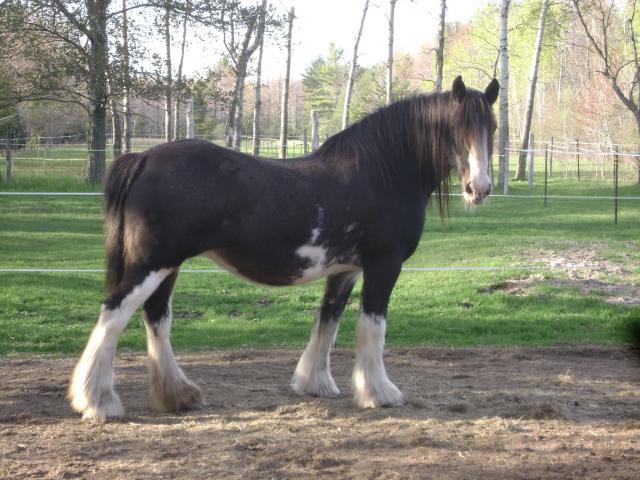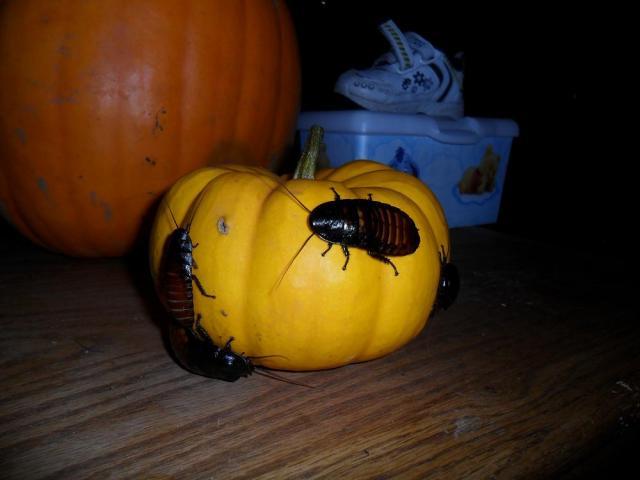- Thread starter
- #21
- Dec 22, 2009
- 43,520
- 738
- 486
Name: Cockatiel
Experience Needed: Research should be done before purchase but are often a first time bird
Origin: Australia
Diet: A Proper Seed diet along with fresh veggies
Temperament: Will vary on Individual but are usual quite playful
Colors: Grey, Cinnamon,Olive,Silver, Whiteface,Pied, Fallow, Yellowcheek, Pearl, Pastelface, Lutino
Environment: Make sure to be kepet warm and their cage needs to be draft free.
Family: Can make a wonderful Family Pet
Notes: Cockatiels are wonderful creatures. They can be taught to talk and whistle.

Source: http://www.mickaboo.org:8080/display/MBPublic/Cockatiel+finalist+entries
Experience Needed: Research should be done before purchase but are often a first time bird
Origin: Australia
Diet: A Proper Seed diet along with fresh veggies
Temperament: Will vary on Individual but are usual quite playful
Colors: Grey, Cinnamon,Olive,Silver, Whiteface,Pied, Fallow, Yellowcheek, Pearl, Pastelface, Lutino
Environment: Make sure to be kepet warm and their cage needs to be draft free.
Family: Can make a wonderful Family Pet
Notes: Cockatiels are wonderful creatures. They can be taught to talk and whistle.
Source: http://www.mickaboo.org:8080/display/MBPublic/Cockatiel+finalist+entries





